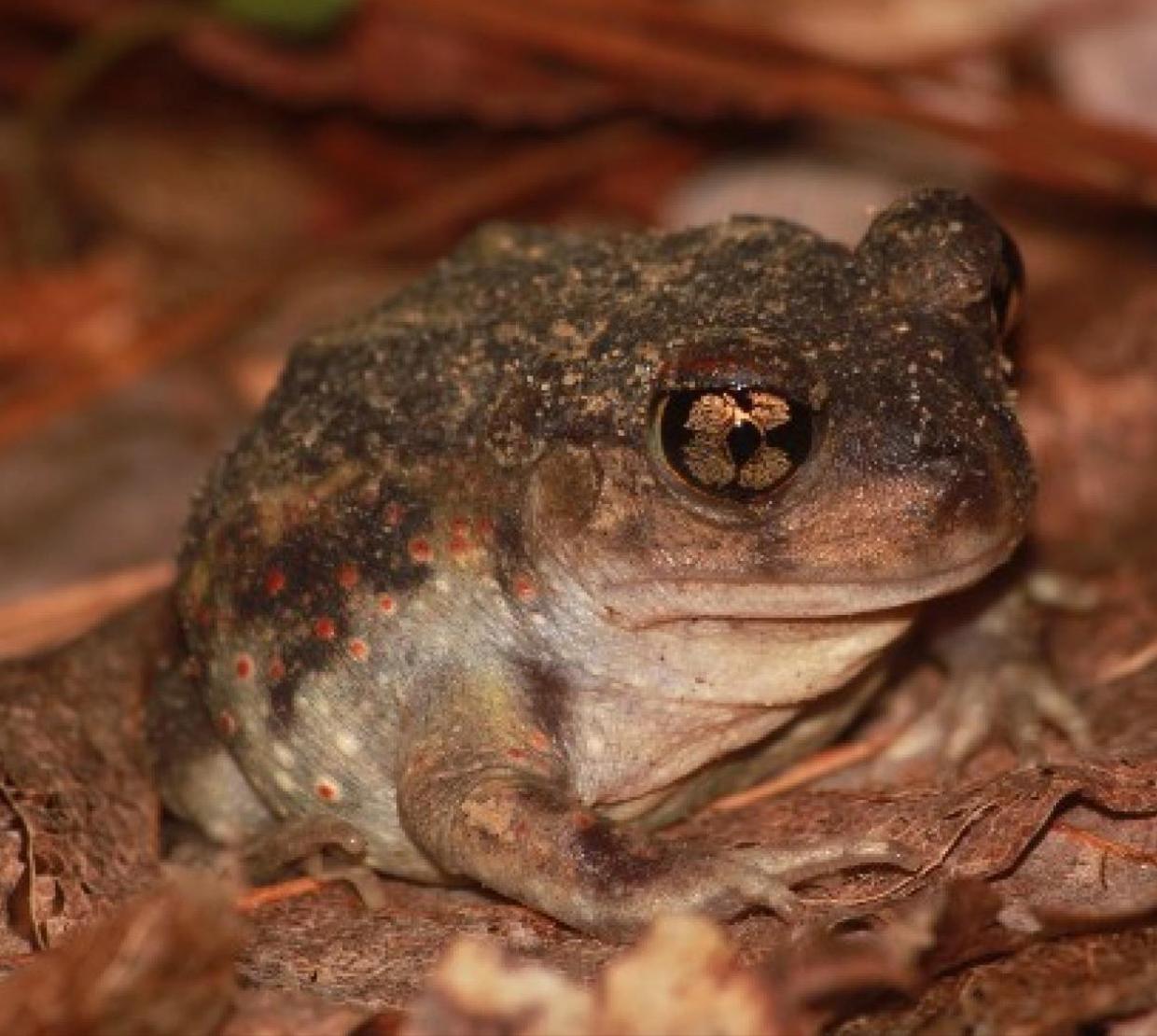Research by an Integrative Biology Ph.D. candidate in Oregon State University’s College of Science has upended the conventional wisdom that for a century has incorrectly guided the study of a toad listed as endangered in part of its range.
Anne Devan-Song used spotlighting – shining a light in a dark spot and looking for eye reflections – to find large numbers of the eastern spadefoot toad in Virginia and Rhode Island. The study illustrates how confirmation bias – a tendency to interpret new information as ratification of existing theories – can hamper discovery and the development of better ones.
Devan-Song’s work shows that the toad spends much more time above ground than commonly believed. “Progress in learning about the toad, its ecology and its conservation has been greatly hindered by a misconception that persisted even when evidence to the contrary was presented,” she says.
Her findings were published in the Journal of Herpetology. The National Park Service, through a cooperative agreement with the University of Rhode Island, supported this research.
Read the full story here.




